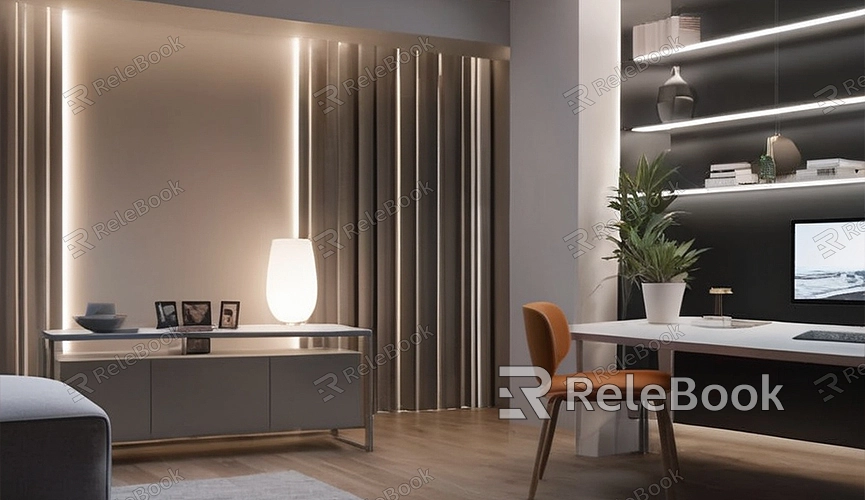How to Render 2D Animation in Blender
Rendering 2D animation in Blender might sound a bit unusual, as Blender is primarily known as 3D modeling and animation software. However, with Blender's continuous feature enhancements and evolving user demands, it has also begun to support the creation and rendering of 2D animation. In this article, we will introduce how to render 2D animation in Blender, along with some practical tips and considerations.
1. Create 2D Animation
Firstly, you need to create your 2D animation in Blender. You can use 2D plane objects, textures, or hand-drawn methods to make your animation. Before creating the animation, make sure you have Blender installed and have a basic understanding of its operations.

2. Set Rendering Parameters
After completing your animation, you need to set the rendering parameters. Click on the render settings button and choose appropriate output settings in the properties editor. You can set parameters like resolution, frame rate, output format, etc.
3. Configure Materials and Rendering
In Blender, you can use the node editor to create and adjust materials. You can add colors, textures, and other effects to your 2D animation. Once the materials are set, you can start rendering the animation.
4. Render Animation
Click the render button, and Blender will start rendering your animation. You can choose to render single frames or the entire animation sequence. After rendering, you can find your rendered results in the specified output folder.
5. Adjust Rendering Settings
During the rendering process, you may need to adjust rendering settings to achieve better results. You can try adjusting parameters such as lighting, materials, rendering engines, etc., until you are satisfied.
6. Export Rendered Results
Finally, you can export the rendered results to other programs for post-processing or publishing. Blender supports various common output formats, including image sequences and video files.
7. Practical Tips
Use layers and transparency: In Blender, you can use layers and transparency to create complex 2D animation effects.
Utilize animation nodes: Blender's animation node feature allows you to create complex animation effects such as motion blur, depth of field, etc.
Adjust rendering settings: Adjust rendering settings according to your needs to achieve faster rendering speed or higher rendering quality.
Although Blender is primarily a 3D modeling and animation software, it can also be used to create and render 2D animation. By properly setting rendering parameters, adjusting materials, and rendering settings, you can create impressive 2D animation works in Blender. If you need high-quality 3D textures, HDRI, or 3D model downloads for creating models and virtual scenes, you can download them from Relebook and directly import textures and 3D models into your project.

